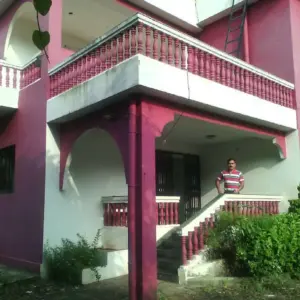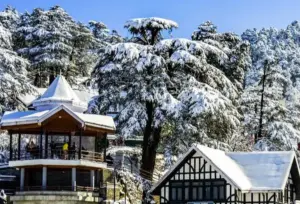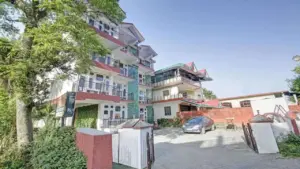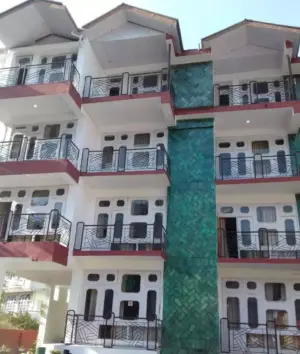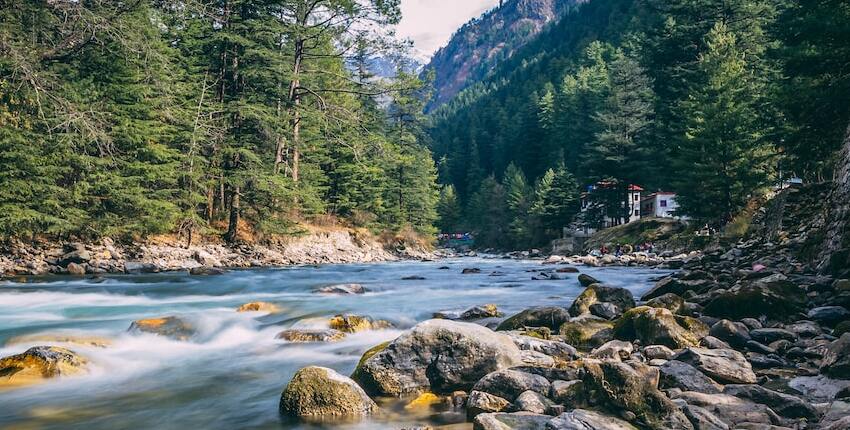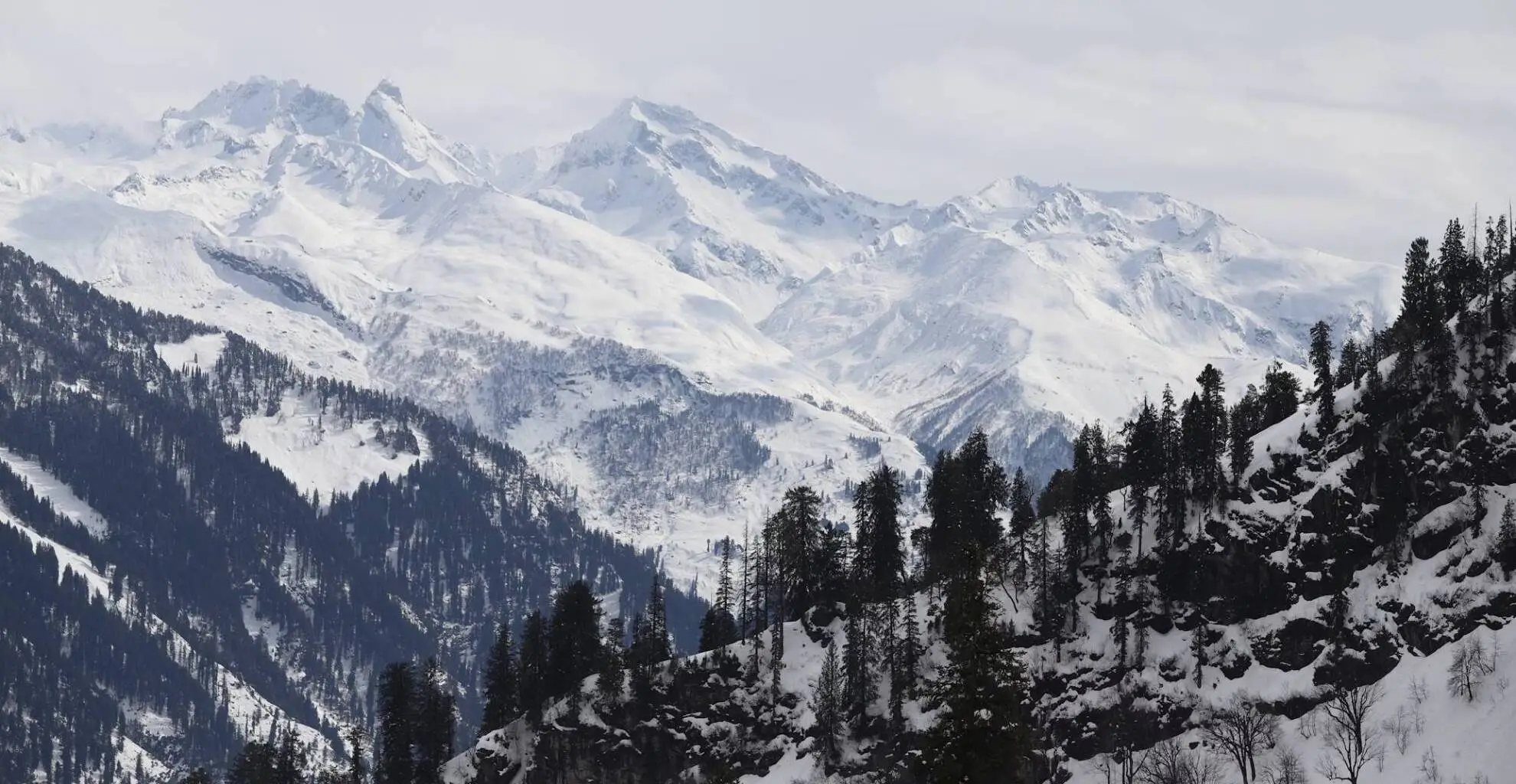Great Himalayan National Park
Jawahar Lal Nehru National Park
How To Reach Great Himalayan National Park
The nearest airport to Great Himalayan National Park is Bhuntar in Kullu, approximately 60 kms away. There are regular flights from Delhi to this airport.
There are no motorable roads direct to the national park, instead, there are a couple of gravel roads. From Kullu, either take the route from Ropa to Shangarh in Sainj Valley and from Gushaini to Ropa in Tirthan Valley and reach the park gate.
Joginder Nagar, near Mandi, is the nearest railhead to Great Himalayan National Park, which is about 143 kms away. Frequent trains ply between Joginder Nagar and Chandigarh.
Things To Do
Travellers flock to Rishikesh for Whitewater rafting, however, Manali is an equally good destination for rafting. Beas river is the most popular spot river rafting in Manali with rapids of different difficulty levels. The 20 km long stretch from Manaki to Jhiri, near Bajaura, is among the best stretches for rafting in India. With icy cold water flowing in from Rohtang, thrill-seekers and adventure enthusiasts are in for a treat.
Located amidst the Dhungiri Van Vihar forests, the Hadimba temple is popularly referred to as the Dhungri temple by locals. The temple is of great importance to Hindu pilgrims, as it is dedicated to Hidimba Devi, the wife of Bhima who was one of the 5 brothers, in the Indian epic Mahabharata (mythological epic).
Nothing like the tourist packed Mall road and main Manali market, Old Manali has a charm of it’s own. A paradise for backpackers, shop till you drop in this quaint town and don’t forget to brush up your bargaining skills. Old Manali is the perfect place to experience the city’s vibrant nightlife. You can either walk or rent a two-wheeler to make your way through the narrow lanes. Be sure to go here in the evening just before sun sets, to grab a hearty meal at one of the many cafes after exploring the town. This beautiful area of Manali is home to few of the many ancient temples like Hadimba and Manu temple.
Owning to the vast meadows and hilly terrain, adventure activities ought to top your list of things to do in Manali. There are ample destinations for tourists to indulge in adventure sports like rafting, paragliding and trekking. However, Solang valley is definitely one of the best spots for adventure sports in Manali. In the summers, you can enjoy activities like paragliding, water rafting and zorbing. The visibility is better during the months between March-June for paragliding, and snowfall is not a safety hazard. The cost for paragliding ranges from INR 500-1,000 to INR 2,000-5,000 depending on the duration and season. Another exciting activity here is Zorbing. The cost for zorbing is approximately INR 500 but may vary depending on the season. Zorbing lasts for 5-10 minutes and the instructor usually guides the client downhill.
Built-in 1960 by Tibetian refugees, The Gadhan Thekchhokling Gompa Monastery is a popular Buddhist religious centre. It is also one of Manali’s main tourist attractions. The monks at Gompa monastery preach non-violence and peace and welcome tourists from all over, to meditate with them.
Tourist Attraction In Great Himalayan National Park
Also known as Dhungri Temple, the Hadimba Temple brings the epic, Mahabharata to life. Dedicated to Hidimba Devi, one of the wives of the Pandava Prince Bhima, the temple is nestled among tall deodar trees.
An open valley of meadows, cobalt blue skies and spectacular vistas is the most popular tourist attraction in Manali. Solang Valley is a great melange of nature surrounded by the heavenly ranges of Himalayas.
On a winding mountain road, located on the Pir Panjal Range is the most touted tourist attraction of Manali, Rohtang Pass. A personal favourite of all nature lovers, artists and photographers the pass offers access to Lahaul and Spiti in summers.
Why Visit Great Himalayan National Park ?
To see rare Himalayan flora and fauna and to trek and camp in incredibly beautiful valleys
- Great Himalayan National Park (GHNP) was declared a UNESCO World Heritage Site on 23 June 2014.
- Confirmed sighting of rare and elusive “Serow” made in GHNP, in the month of May 2015
- GHNP provides sanctuary for four globally threatened mammals (Snow leopard, serow, himalayan tahr, musk deer), three globally threatened birds (Western tragopan, koklas, cheer pheasants) and a large number of medicinal plants.
- GHNP is home to 209 confirmed bird species, which attract birdwatchers from across the globe. These include the endangered western tragopan and four other pheasant species.
- GHNP is a part of the Himalaya Hotspot ‒ one of Conservation International’s 34 biodiversity hotspots.
Welcome to Great Himalayan National Park
Great Himalayan National Park
The Great Himalayan National Park (GHNP) is located in the Kullu District of Himachal Pradesh, India. It was initially constituted in 1984, but was formally declared a National Park in 1999. GHNP covers an area of 754.4 sq kms.
1994 saw two major changes made to the land use around the Park. GHNP relies on a very fragile ecosystem that includes the priceless flora and fauna of the Western Himalaya. All entry to the Park requires prior permission and you also need to pay an entry fee for the same. Trekking and camping is also allowed with prior permission. You can get the details for entry fee from the Park officials.
Top Experiences in Great Himalayan National Park



Dharamshala McleodGanj and Bir-Billing Tour Package Ex Delhi
